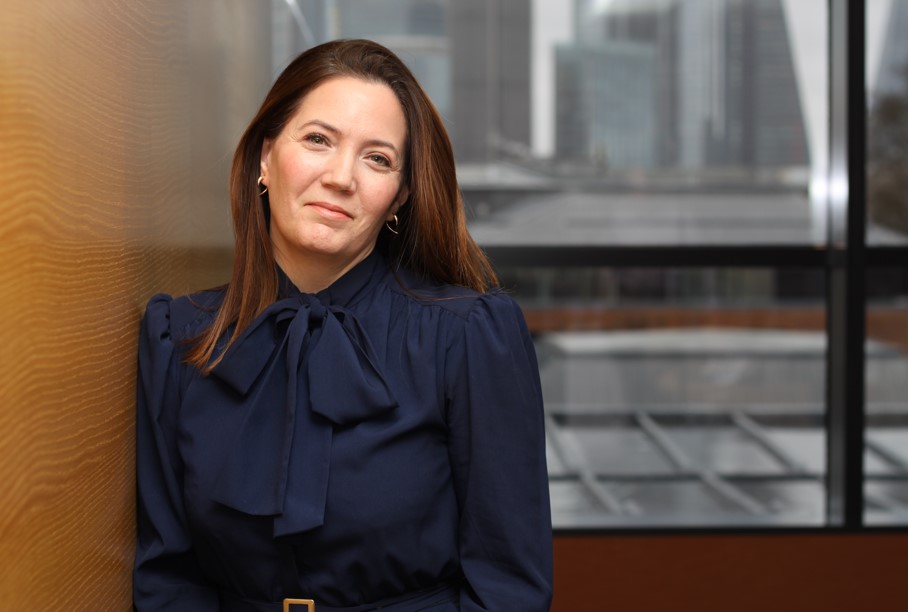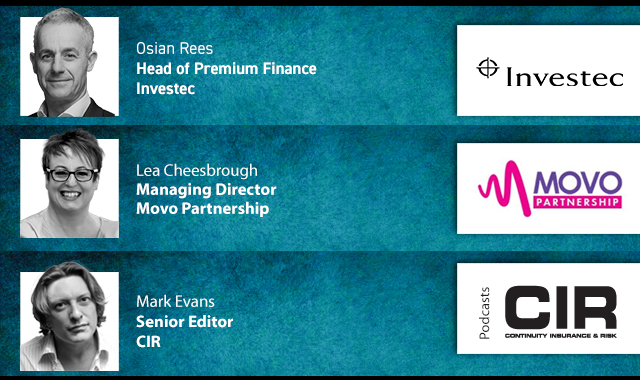There are some truths we ought to take as self-evident in modern risk management. Firstly, we know that good risk management makes good business sense; secondly, we know that we live in a world of high velocity change and complexity; and thirdly, we know that the world has changed for ever.
In recognition of this context, risks shouldn’t be managed in artificial silos; risks with high impact low probability profiles can emerge at speed with devastating effect; and risks are increasingly assessed in a world of intangible assets.
In this new environment, we need to step up together to drive change. We need to resist passivity and COVID inertia in order to seize the opportunities, particularly by continuing to break down siloes, so that the functions of risk management, insurance, business continuity and crisis management work together seamlessly as effective pillars of managing risk and building resilience.
Our risk transfer partners increasingly realise the world is changing. For them the model is changing, too, but further change is needed to stay relevant. The insurance market is going from a passive risk financing posture to a focus on more active risk management. Risk financing is no longer enough, particularly given the shift in emphasis from physical bricks and mortar assets towards intangible risks that increasingly dominate the business landscape. With the changed emphasis, risk takes the lead, requiring insurance and enterprise-wide risk management to work side by side to avoid siloed thinking. Artificial barriers can exist between traditional product types and underwriting lines and classes. To be blunt, is the tail wagging the dog?
The future should be a more responsive insurance market, with an increasingly risk-based pricing approach, which ensures the efficient deployment of capital and strives for a proactive reduction in extreme risk event losses, rather than a reaction to post-event losses.
We should never let a crisis go to waste. 2021 provides a great opportunity to seize the lessons that commonly emerge in moments of disaster. We need a shared purpose and challenge the synergy between risk and insurance, harnessing change, technology and stakeholder engagement to flourish together.
This article was published in the May-June 2021 issue of CIR Magazine.
Download as a PDF
Misplaced your login for magazine content? Request a reminder.
Printed Copy:
Would you also like to receive CIR Magazine in print?
Data Use:
We will also send you our free daily email newsletters and other relevant communications, which you can opt out of at any time. Thank you.











YOU MIGHT ALSO LIKE